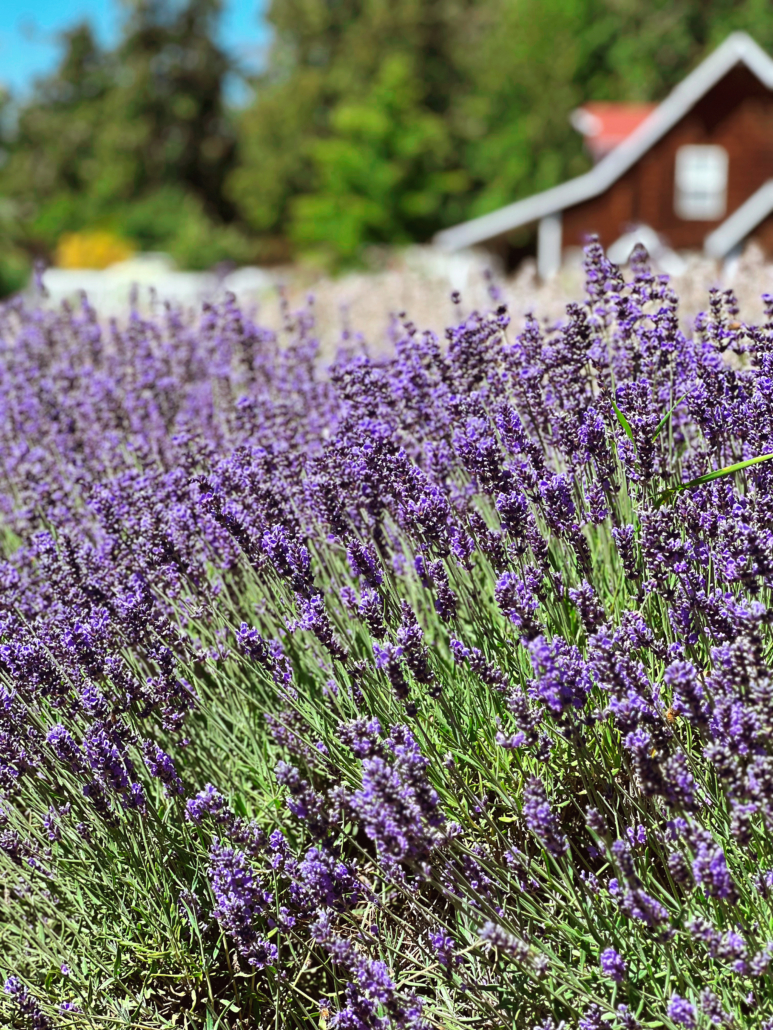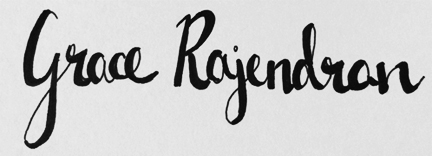
Lavender is such an enchanting color – pretty and serene. As a color – a combination of red and blue – it takes its name from lavender flowers. The word lavender, itself, comes from the Latin word lavare which means “to wash” and it’s no wonder, as the color evokes a clean crispness and is often found in soaps and bath and beauty products. Lavender flowers were used as perfumes since ancient Egyptian times.
Lavender is a gentle form of purple, a color used to signify royalty. And, indeed, lavender has a subdued and elegant feel to it. Often representing Spring and youthfulness, lavender has come to be one of the pastel hues associated with that season.
It is common to find that the word “lavender” can represent several slightly differing shades of pale purple, and that also makes sense since, if you look closely at lavender blossoms, there are many variations of purple hues contained within.
To mix lavender, you will need to combine a warm red with a cool blue. If you use more of the red, you will end up with the color lilac. If you use more of the blue, you will arrive at lavender. You can then add white to your mixture to create various shades and intensities.
